Pyralgina belongs to non-opioid analgesics from the pyrazolone derivatives group with analgesic and antipyretic effects. It also has a relaxing effect on smooth muscles.
Indications
Pyralgina is indicated in the treatment of:
- severe pain of various origins and fever, when the use of other measures is contraindicated or ineffective.
Active substance: Metamizole sodium
Composition
| 1 tablet contains | 500 mg metamizole sodium monohydrate |
| Other ingredients are: potato starch, gelatin, magnesium stearate. |
Dosage
Always use this medicine exactly as described in the package leaflet or as your doctor or pharmacist has told you. If you are not sure, ask your doctor or pharmacist.
Recommended dose
Adults
The dosage depends on the intensity of pain or fever and the individual sensitivity of the patient to metamizole. The lowest effective dose should always be used.
In sporadic pain and fever – a single dose of 500 mg to 1000 mg (1 to 2 tablets). The maximum single oral dose is 1 g (2 tablets), the maximum daily dose is 3 g (6 tablets).
The tablets are taken with a sufficient amount of fluid (e.g. a glass of water). The medicine should be taken during or immediately after meals.
Do not use the medicine for longer than 3-5 days without consulting a doctor or see a doctor immediately if symptoms worsen despite taking the medicine.
Elderly patients, patients in poor general condition and with reduced creatinine clearance (indicating renal impairment)
In elderly patients, in patients in poor general condition and with reduced creatinine clearance the dose should be reduced due to slower metabolism of the drug.
Patients with liver and kidney disorders
Patients with liver disorders should avoid high doses administered repeatedly, as the elimination of the drug and its metabolites is slowed down in these conditions. Short-term use of the drug does not require a dose reduction. There are no data on the long-term use of metamizole in patients with severe liver and kidney disorders.
Children and adolescents
Pyralgina is not intended for use in children and adolescents.
Contraindications
When not to use Pyralgina:
- if you are allergic to metamizole, other pyrazolone and pyrazolidine derivatives (e.g. propyphenazone, phenazone or phenylbutazone) or any of the other ingredients of this medicine;
- if you have analgesic asthma syndrome or known intolerance to painkillers manifested by urticaria, angioedema (swelling of the tongue, face, lips and/or throat), i.e. patients who react with bronchospasm or other anaphylactoid reactions to salicylates, paracetamol or other non-opioid analgesics, including non-steroidal anti-inflammatory drugs (NSAIDs) such as diclofenac, ibuprofen, indomethacin or naproxen;
- if you have bone marrow disorders (e.g. after taking medicines that lower the body’s immunity) or changes in the blood count, such as a decrease in the total number of white blood cells (leukopenia) or a certain type of white blood cell – granulocytes (agranulocytosis), or anemia;
- if you have acute renal or hepatic failure, acute hepatic porphyria;
- if you have congenital glucose-6-phosphate dehydrogenase deficiency (a rare inherited disease);
- if the patient is using a drug from the group of pyrazolone and pyrazolidine derivatives (e.g. phenylbutazone, propyphenazone);
- if you are pregnant or breast-feeding.
Notes on use
The drug Pyralgina contains sodium
The medicine contains 1.5 mmol (34.5 mg) of sodium in one tablet, this should be taken into account in patients with reduced renal function and in patients controlling the sodium content in the diet.
Contents: White or almost white, oblong, biconvex tablets. 6 tablets


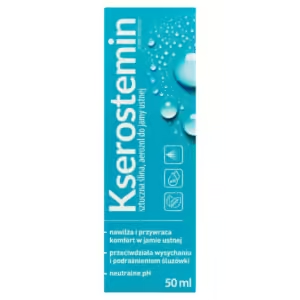
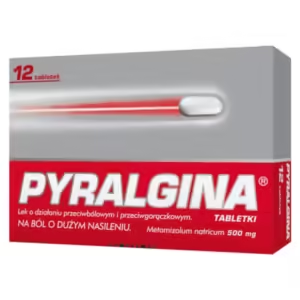
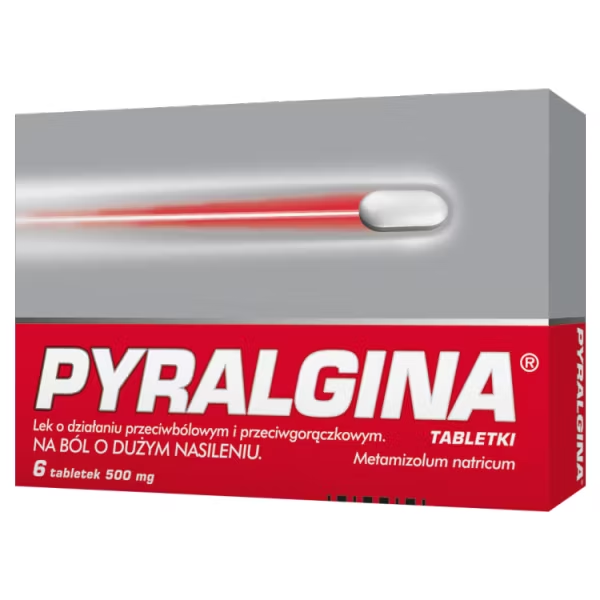
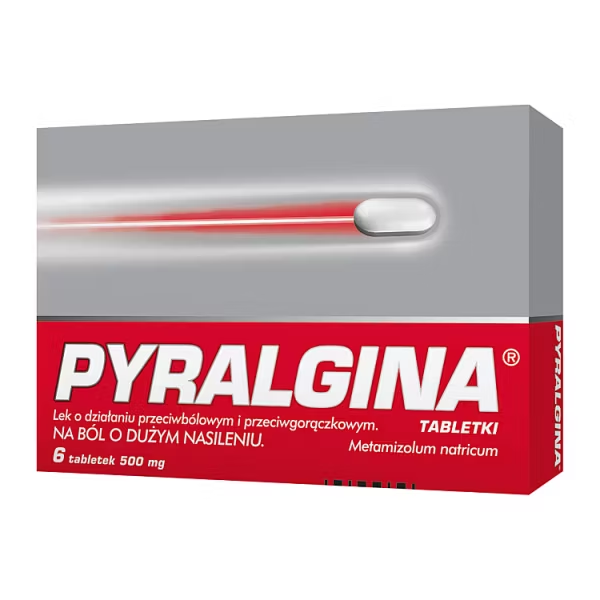

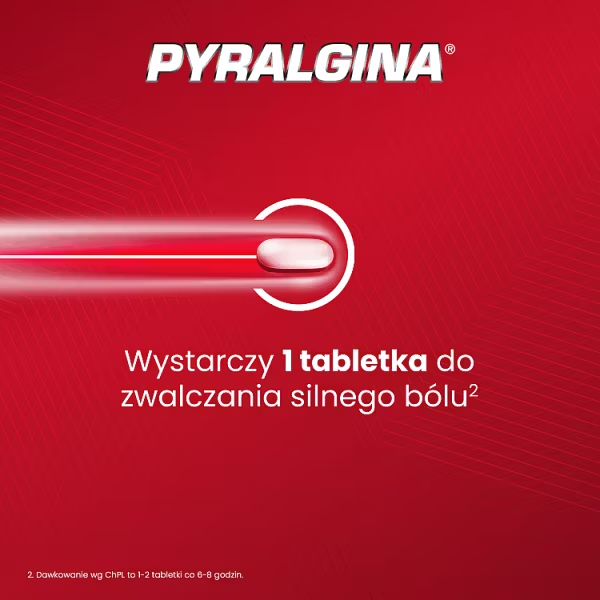






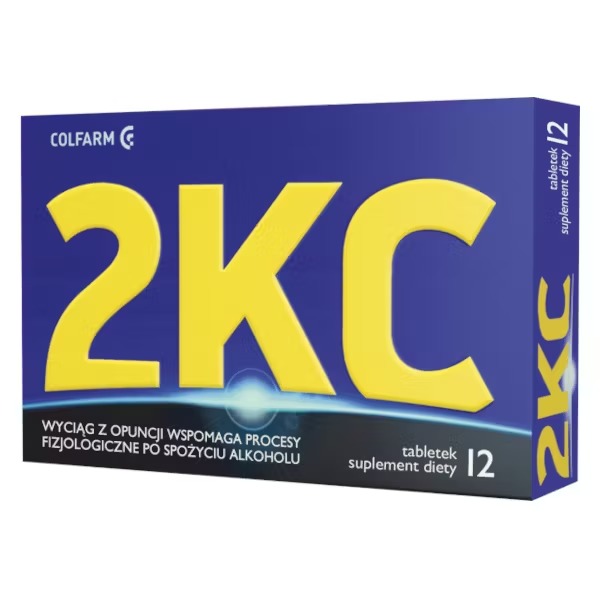





























Reviews
Clear filtersThere are no reviews yet.